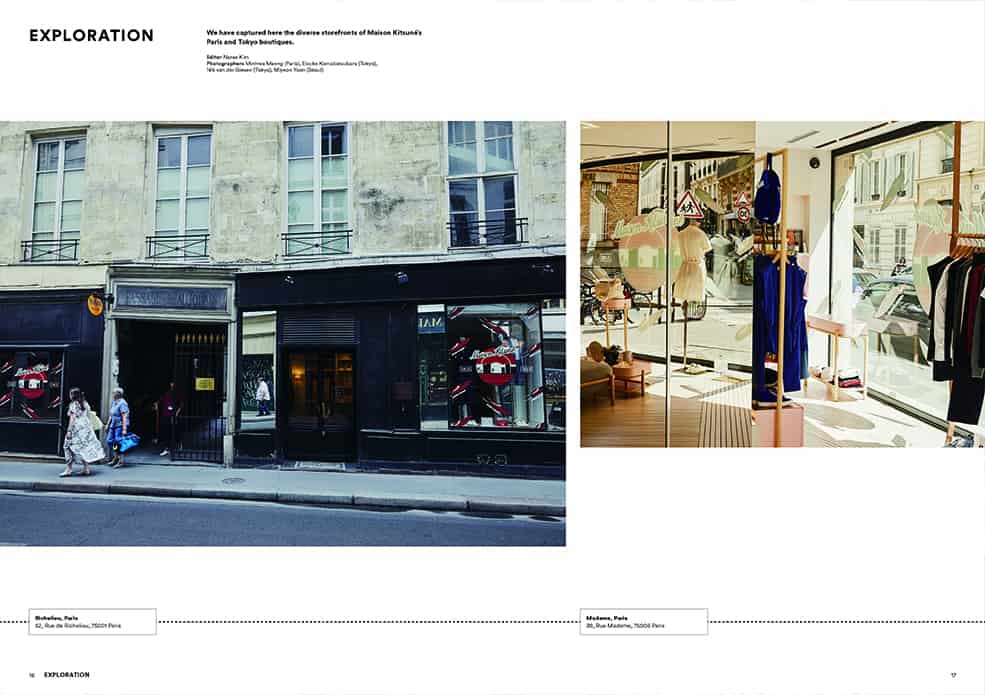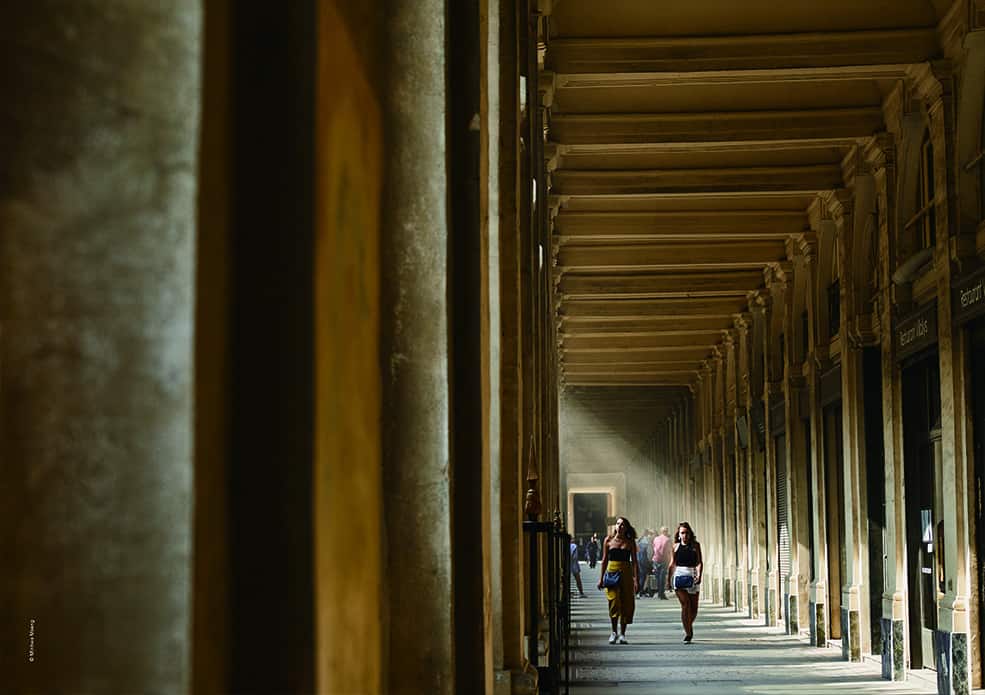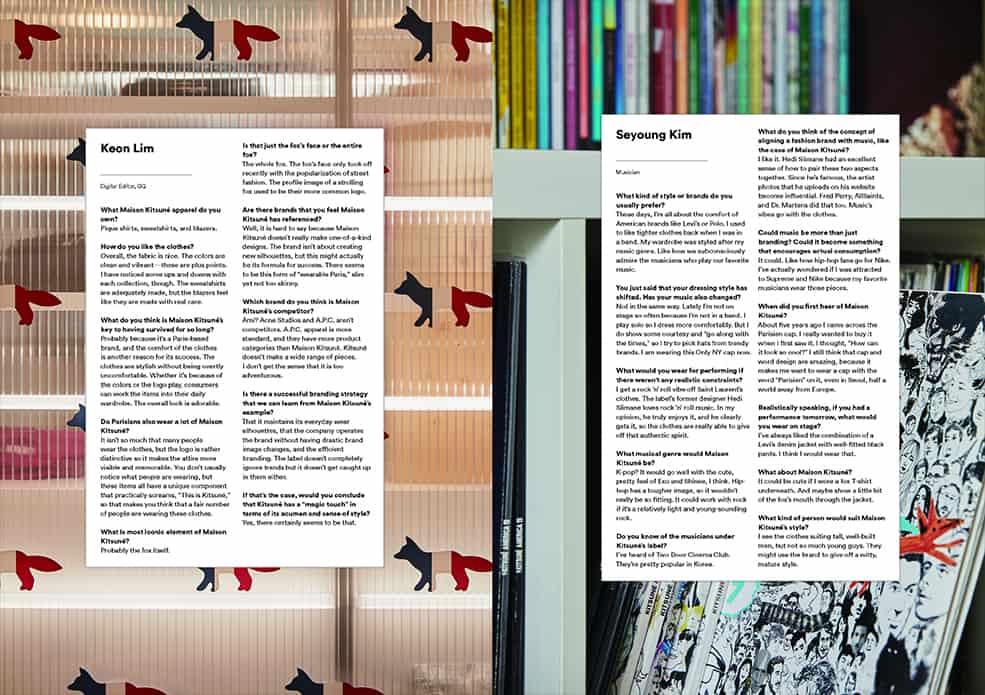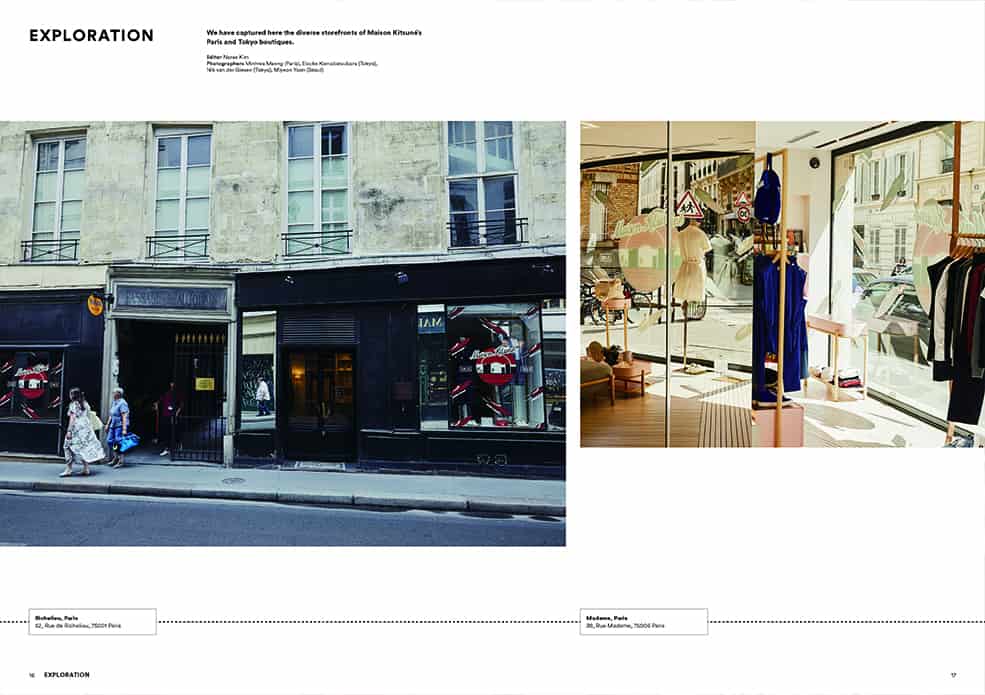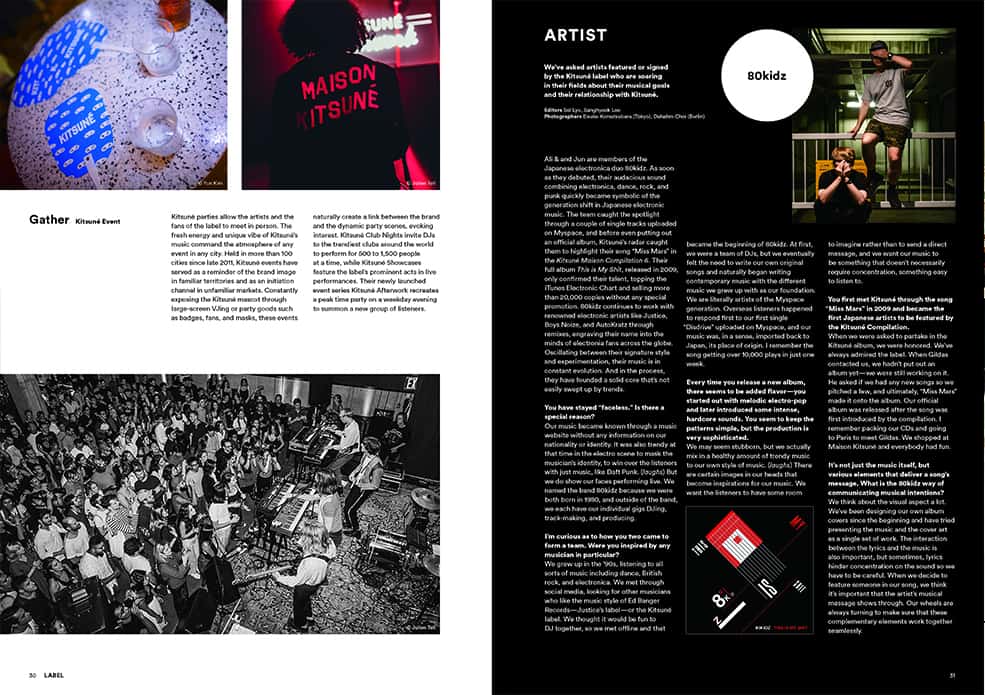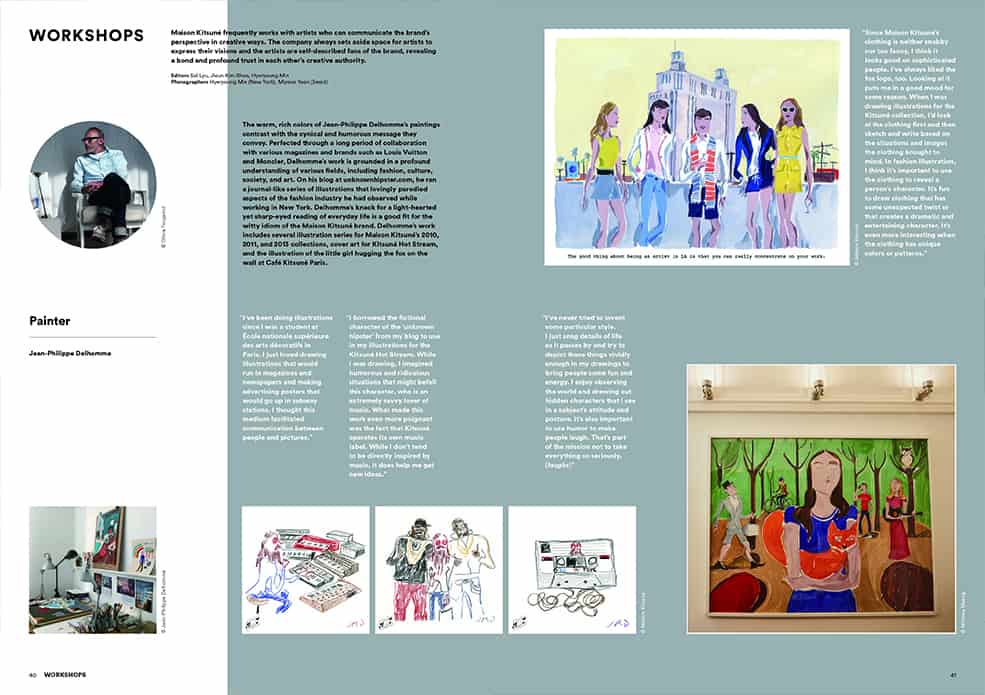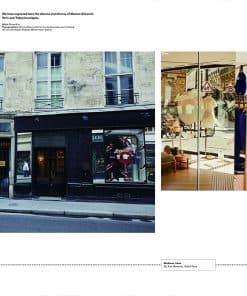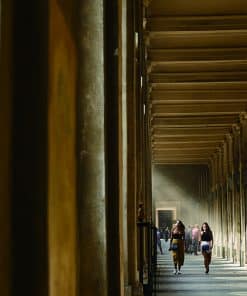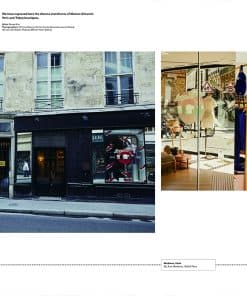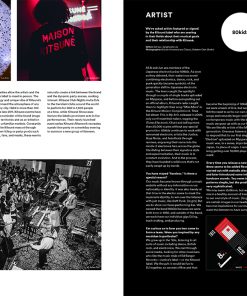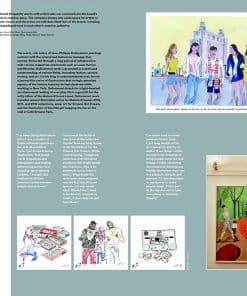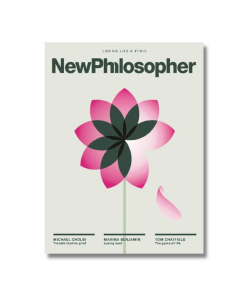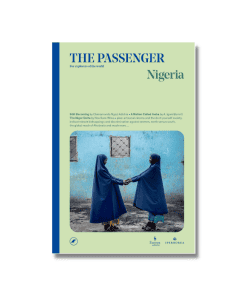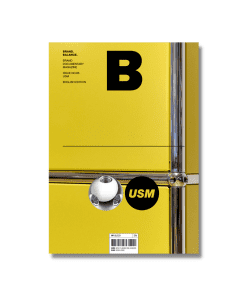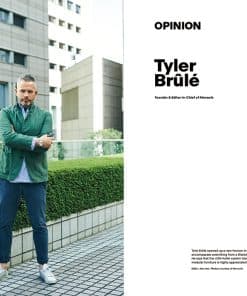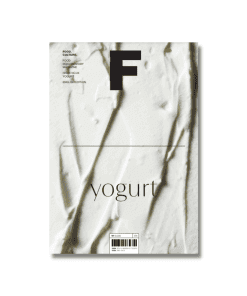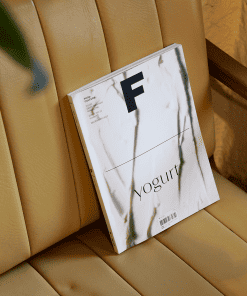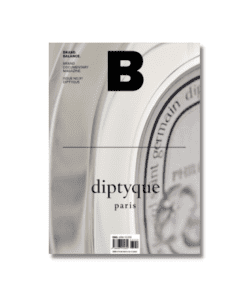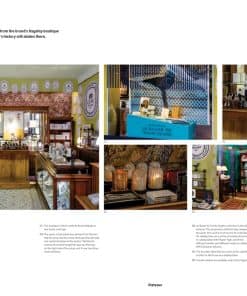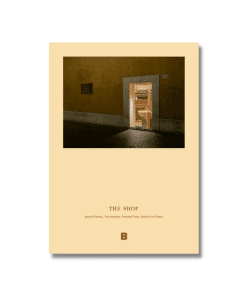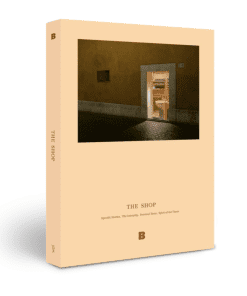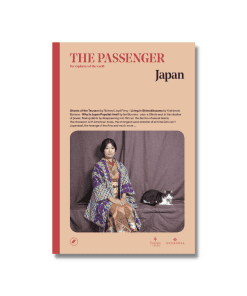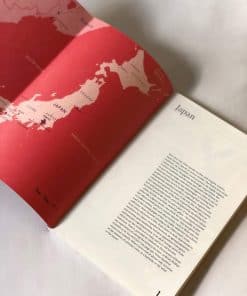Magazine B No.69 MAISON KITSUNE
480.000₫
Còn hàng (có thể đặt hàng trước)
Welcome to the 69th edition of B.
From time to time, we are compelled to question the things we take for granted. This has been true for me with magazines. I’ve often asked myself: What are magazines? And what is it that we are doing when we make them? Over this process, I’ve arrived at the conclusion that magazines awaken an appreciation for all that is good: good objects, good spaces, good ideas, and, more broadly, the good life. It makes sense, then, that the writer or editor of a magazine must be able to not only distinguish all of these good things but also tell the story of what makes them good. To be sure, definitions of “good” will vary by time period or social context, or the perspective or tastes of the beholder. One brand might seek to create works of exemplary craftsmanship, while another might offer an innovative experience informed by contemporary sensibilities. Of course, there will always be those things that are simply good in a way that needs no explanation. In any case, such differences underlie our perceptions. They’re the reason we consider some people cool and others likeable; some spaces flawlessly perfect, others inviting; some objects desirable, others, comfortable and easy to use.
Maison Kitsuné, which was launched in 2002 as a record label before expanding into fashion and then the café business, falls into the latter. Few can resist smiling when they discover the brand’s bestselling items, from smartphone cases adorned with its “Parisien” logo and T-shirts embroidered with its signature fox motif. This iconic fox, referred to in the brand’s name (kitsune is the Japanese word for fox), is a good picture of the brand’s approach to its business. It is visible in a full-body rendering decorated in the patterns of the French and American flags; iterations of the fox’s face that give it human-like expressions; drawings and caricatures of the fox that appear on sweaters, bags, and keychains; fox-shaped cookies sold in the brand’s cafés; and Maison Kitsuné brand copy, among others. The variations on the fox motif don’t even seem to form part of a coherent whole. Instead, they appear to be freely and flexibly modified to play up the characteristics of the item or to mesh well with the brand of a particular collaborator. Ask, “Why do you do it?” and Maison Kitsuné’s answer will probably be simple: “Because it’s fun.” It is no exaggeration to say this sort of nonchalance is a defining element of the brand’s personality.
At the same time, it would be a mistake to conclude that this easygoing cool is everything and miss the very real expertise that the brand draws on in all areas of its business. In 2005, when Maison Kitsuné showcased its first ready-to-wear collection in Paris, its style was very faithful to the basics. The line included well- constructed individual pieces from cardigans and oxford shirts to denim pants and sneakers, and the brand’s unique interpretation was clearly discernible in material and fit.
If Maison Kitsuné’s foray into fashion had stopped at making T-shirts and classically boxy chino pants, embellished with the fox logo and Parisien print, it would likely not enjoy the reputation it does today. Its fashion line may have been sought after by extra enthusiastic fans of its music label, but few others. But remarkably enough, despite having made a name for itself in record-making, discovering new artists and featuring them in compilation albums, the brand chose to devote the same level of attention and care to its efforts in fashion. Likewise, the two Café Kitsuné establishments in Paris and Tokyo are today more than just spaces for promoting Maison Kitsuné apparel: the brand has successfully established them as cafés in their own right. In that sense, the brand’s café and fashion businesses are not supplementary to their music business, nor is the reverse true. This understanding and respect for the fundamentals is what has given the brand’s trademark mixture of wit, humor, and go-with-the-flow spirit an enduring relevance that makes it much more than just a passing trend.
The words of former architect and brand cofounder Masaya Kuroki merit another look in this regard. In one interview, he is reported to have said, “Kitsuné may sign hip-hop artists, but this doesn’t mean Maison Kitsuné will start designing hip-hop wear.” If this is true, I think we can take this to mean that the brand has still more brilliance up its sleeves. As with the ongoing transformation of its feel-good fox, the brand’s story is far from over.
Eunsung Park
Content & Editorial Director
Beginning in Paris, France, in 2002, Maison Kitsuné has taken steps to broaden its repertoire, encompassing a sharp-eared music label spotlighting up-and-coming musicians, a fashion house known for its exquisite interpretation of the “preppy look,” and a café chain embodying the brand’s spirit. Even after growing into a global brand commanding an international fandom, Maison Kitsuné continues to stride into new territories of fashion and lifestyle, flexibly shifting its shape just like its namesake, the mythical Japanese fox.
Sản phẩm tương tự
Danh mục theo chủ đề
Danh mục theo chủ đề
Danh mục theo chủ đề
📚 Có sẵn tại Sạp
Danh mục theo chủ đề
Danh mục theo chủ đề
Danh mục theo chủ đề


